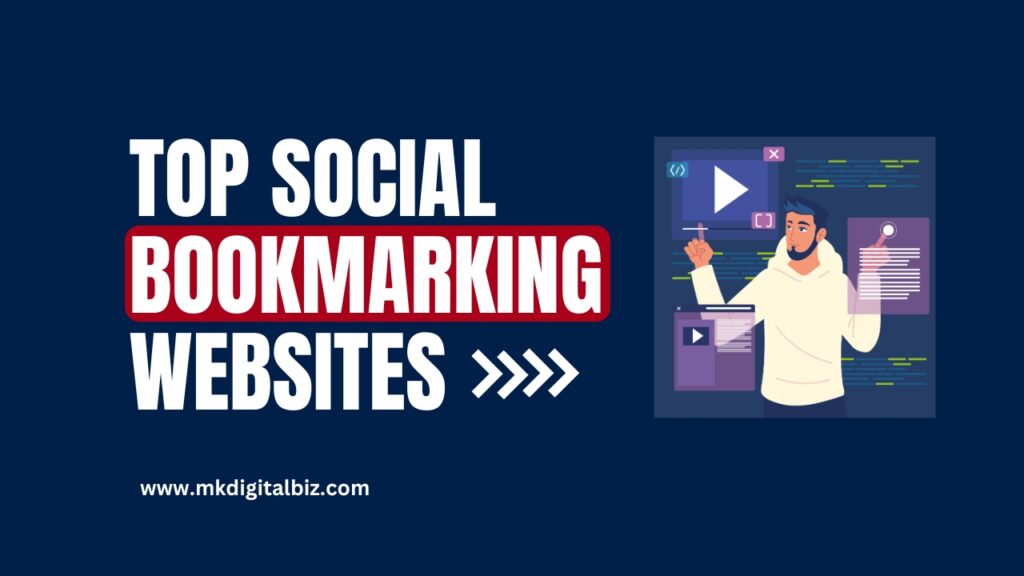Enter SEO, or Search Engine Optimization – a powerful strategy that can propel your business to the top of search engine results pages (SERPs).
Search Engine Optimization (SEO) has become an indispensable strategy for businesses aiming to increase their online visibility, attract more traffic, and ultimately drive sales and growth. This article delves into how SEO works for businesses, covering its core principles, the process involved, and the benefits it offers.
Page Contents
Understanding SEO: The Basics

SEO is the process of optimizing a website to improve its visibility in search engine results pages (SERPs). The goal is to rank higher for specific keywords or phrases relevant to the business's products or services. SEO involves a combination of technical and creative elements, including keyword research, content creation, and link building.
1. Keyword Research:
Identifying the right keywords is the foundation of SEO. Businesses need to understand what terms potential customers use when searching for their products or services. Tools like Google Keyword Planner, Ahrefs, and SEMrush help in finding relevant keywords with high search volume and low competition.
2. On-Page SEO:
This involves optimizing individual pages on a website to rank higher and earn more relevant traffic. Key elements include:
- Title Tags: Crafting compelling and keyword-rich titles for each page.
- Meta Descriptions: Writing brief, engaging descriptions that encourage clicks.
- Headings (H1, H2, H3, etc.): Structuring content with appropriate headings to improve readability and SEO.
- URL Structure: Creating clean, keyword-optimized URLs.
- Content: Producing high-quality, valuable content that addresses the needs and queries of the target audience.
- Internal Linking: Linking to other relevant pages within the website to enhance navigation and authority.
3. Off-Page SEO:
Activities conducted outside the website to improve its ranking. The most crucial aspect of off-page SEO is link building, which involves acquiring backlinks from reputable websites. Other strategies include social media marketing and influencer outreach.
Top Free Social Bookmarking Sites for Link Building.
4. Technical SEO:
Ensuring the website meets the technical requirements of search engines. This includes:
- Website Speed: Optimizing page load times.
- Mobile-Friendliness: Ensuring the website is responsive and user-friendly on mobile devices.
- Sitemap and Robots.txt: Helping search engines understand and crawl the site better.
- Structured Data: Using schema markup to provide search engines with additional information about the content.
5. Local SEO:
Optimizing for local search results, which is crucial for businesses with a physical presence. This involves creating and optimizing a Google My Business profile, collecting customer reviews, and ensuring the business's name, address, and phone number (NAP) are consistent across all online platforms.
The SEO Process
The SEO process, or Search Engine Optimization process, is a systematic approach to enhancing a website's visibility and ranking on search engine results pages (SERPs).
It involves a combination of technical, on-page, and off-page strategies aimed at improving the site's relevance and authority in response to user search queries.
1. Website Audit
The SEO process begins with a comprehensive audit of the existing website. This audit identifies areas that need improvement, such as broken links, duplicate content, and slow page speeds. Tools like Google Analytics, Google Search Console, and specialized SEO software are used for this purpose.
2. Competitor Analysis
Understanding what competitors are doing can provide valuable insights. Analyzing their keywords, content, backlinks, and overall SEO strategy helps in identifying opportunities and gaps in your own strategy.
3. Keyword Strategy
Based on the keyword research, a strategy is developed to target the most relevant and profitable keywords. This involves prioritizing keywords based on search volume, competition, and relevance to the business.
4. On-Page Optimization
Implementing the on-page SEO tactics across the website is the next step. This includes optimizing title tags, meta descriptions, headers, images (with alt text), and ensuring the content is high-quality and keyword-rich.
5. Content Creation
Content is king in SEO. Regularly producing valuable, informative, and engaging content helps in attracting and retaining visitors. This can include blog posts, articles, infographics, videos, and more. Content should be optimized for keywords but written for humans.
6. Link Building
Building a strong backlink profile is essential for SEO success. This involves reaching out to relevant websites, bloggers, and influencers to secure backlinks. Guest posting, creating shareable content, and participating in industry forums can also help in acquiring quality backlinks.
7. Monitoring and Reporting
SEO is not a one-time task but an ongoing process. Regular monitoring of the website's performance, keyword rankings, traffic, and conversions is crucial. Tools like Google Analytics and SEO-specific software provide detailed insights. Monthly or quarterly reports help in assessing the effectiveness of the SEO strategy and making necessary adjustments.
Benefits of SEO for Businesses
The benefits of SEO for businesses are substantial, transforming how companies attract, engage, and convert their target audience online. By optimizing websites for search engines, businesses can significantly increase their visibility and drive more organic traffic, which often leads to higher conversion rates.
SEO is a cost-effective marketing strategy that enhances user experience, builds credibility, and provides a competitive edge. It offers long-term benefits, with improved search rankings and sustained website traffic over time.
1. Increased Visibility and Traffic
Higher rankings in SERPs lead to increased visibility and more organic traffic. Unlike paid ads, organic traffic is sustainable and cost-effective in the long run.
2. Better User Experience
SEO involves optimizing the website's structure, speed, and content, which enhances the overall user experience. A well-optimized site is easier to navigate and provides valuable information to visitors.
3. Higher Credibility and Trust
Websites that appear on the first page of search results are perceived as more credible and trustworthy. SEO helps in building this credibility by ensuring the website meets the quality standards set by search engines.
4. Cost-Effectiveness
Compared to traditional advertising methods, SEO is highly cost-effective. While there is an initial investment, the long-term benefits and ROI are significant as organic traffic continues to grow.
5. Competitive Advantage
In today’s digital landscape, having a strong online presence is crucial. Businesses that invest in SEO gain a competitive edge over those that don’t. By consistently ranking higher, businesses can capture a larger share of the market.
6. Local Reach
For businesses targeting local customers, local SEO is invaluable. It helps in attracting nearby customers who are looking for specific products or services, thereby driving foot traffic and local sales.
7. Measurable Results
One of the key advantages of SEO is that its impact is measurable. Using various analytics tools, businesses can track their performance, understand user behavior, and measure the success of their SEO efforts.
Conclusion
SEO is a powerful tool for businesses looking to enhance their online presence, attract more traffic, and grow their customer base. By understanding and implementing effective SEO strategies, businesses can achieve long-term success and stay ahead in the competitive digital landscape. Whether it’s through improving on-page elements, building quality backlinks, or optimizing for local search, SEO offers a multitude of benefits that can transform the way businesses reach and engage with their target audience.









